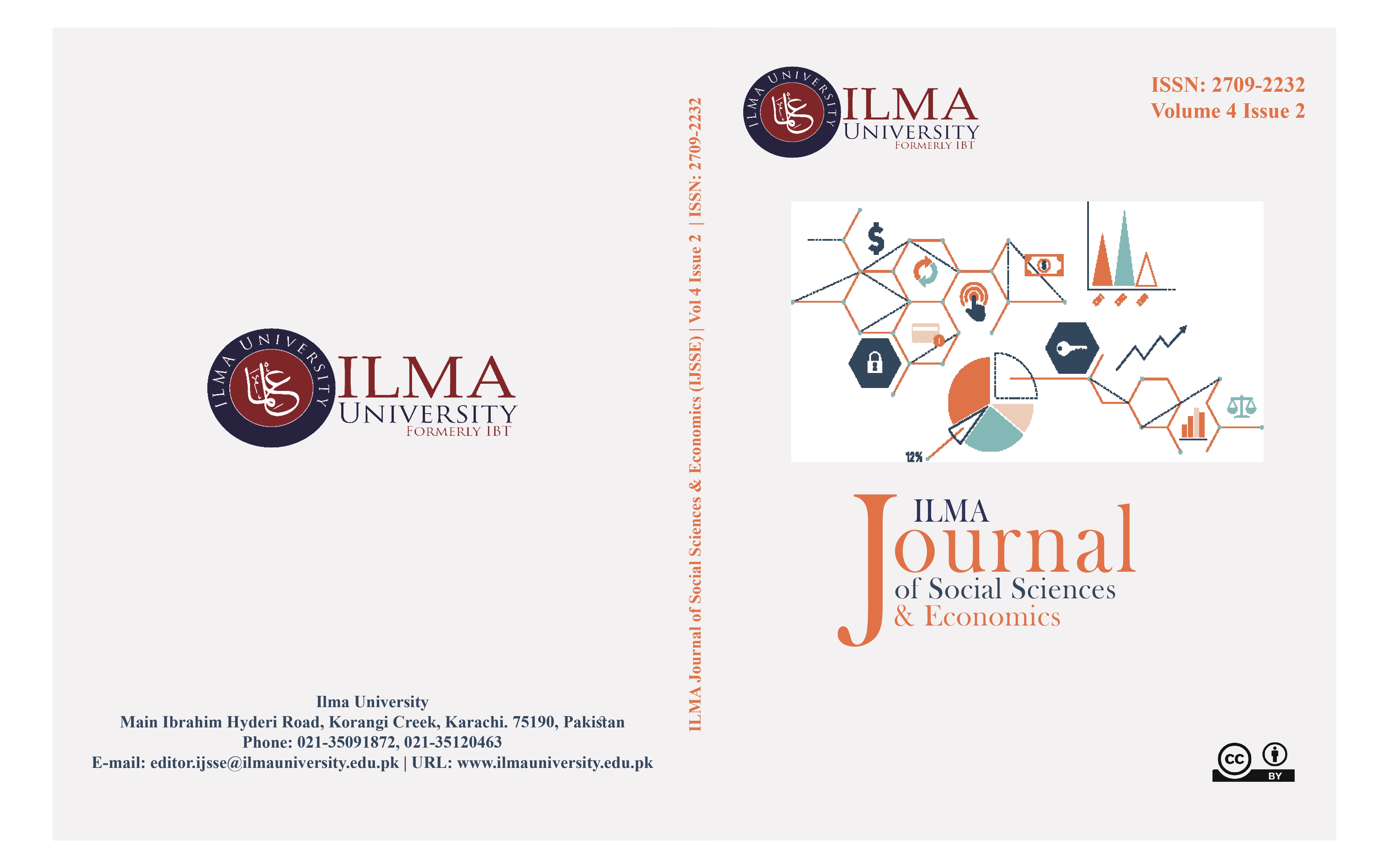Bowman's Paradox: An Empirical Application of Prospect-Theory-Based Risk-Return Relationship Risk Return Paradox: A case study of Pakistan
Keywords:
Risk, Return, Dividend payout ratio, Bowman’s theory, Pakistan, Fixed effect modelAbstract
The objective of this research was to find out the Relationship between risk and return using bowman’s paradox with dividend payout ratio, size, market capitalization, tax and leverage. For analysis purpose, a sample of 75 listed financial and non-financial companies were taken out of 519 from Pakistan stock exchange (PSX) market. In this study, variables data was taken from the period of 2012-2022. Panel regression technique was used to analyze the relationship between risk dividend payout ratio, size, market capitalization, tax and leverage and return. Fixed effect model utilized because Hausman test show that fixed effect model is appropriate for this study. A negative relation was found between return, dividend payout ratio, market capitalization while positive relationship found between size, tax and leverage on risk of listed firms. This study supports the fact that risk and return of Pakistani listed financial and non-financial firms was relevant in determining for a sample of firms listed in the Pakistan Stock Exchange. This study was also showing that corporate return and risk was a key driver for the firms in the Pakistan.
Downloads
Published
Issue
Section
License
Except where otherwise noted, all content on this site is licensed under a Creative Commons Attribution 4.0 International license, CC BY.




